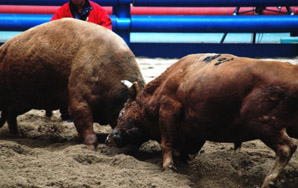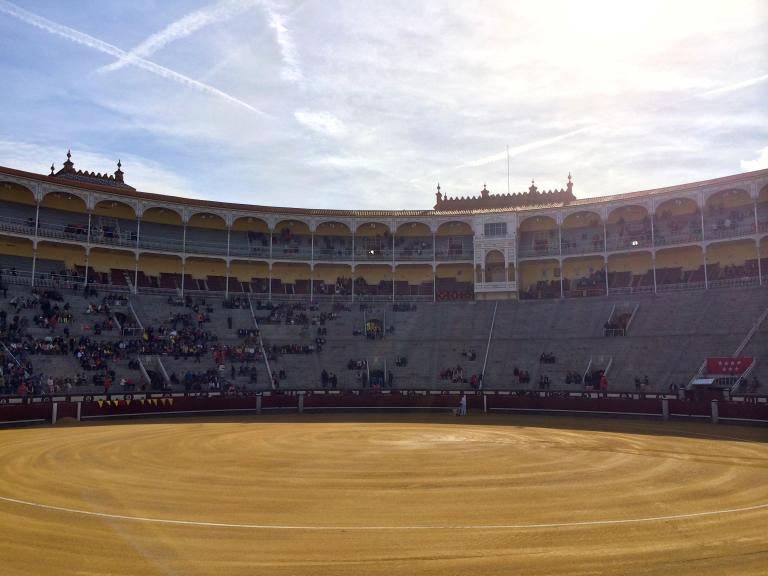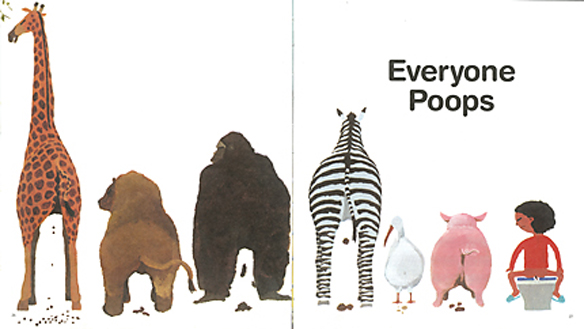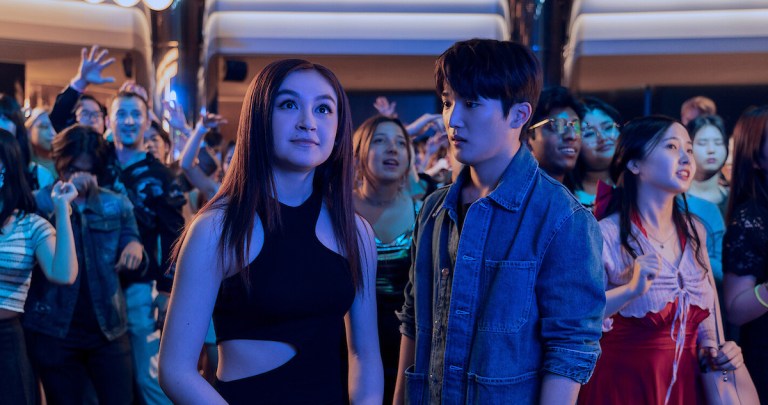Cheongdo, Korea: This is Not Hemingway’s Bullfight
As the fight reaches the 30-minute mark the bulls are exhausted. Their sides heave in and out. Time after time they break from the fight and stand looking to their owners for direction. The hide covering their polls is gouged and bleeding. Again the owners yell and again they thrust, digging with their front legs,…


A man in a blue jacket that reads “Cheongdo Bullfighting” leads a bull into the ring. The tawny Hanwoo bull carries the bulk of his nearly 2,000 pounds in his neck and shoulders. He follows easily behind the man, led by a rope threaded through one nostril and out the other. On his flank is stamped in big, black Hanguel CHUL YONG.
The domed arena is circular and modern, with 12,000 plastic seats and two jumbo-screen TVs. It is half-full on this Sunday afternoon — there is one more fight before the end of the day. The man in the blue jacket waits with his bull in the center of the dirt ring. Not long after, a man in a red jacket leads out TAE YANG (“sun” in English). Similar in color and size, the most marked difference is the curvature of their horns — Chul Yong’s point outward, Tae Yang’s point upward.
The two men bring the bulls together until they are head to head and less than a meter apart. From the press box the announcer calls the start. The men command the bulls to fight, and with a charge the two heads hit. The men pull the ropes from out of their noses and the fight is underway.
On a normal day it would have taken less than 10 minutes to drive north from the Cheongdo train station in North Gyeonsgang Province to the arena. But on March 29, the third day of the five-day Cheongdo Bullfight Festival, it took more than half an hour. We had a good taxi driver that was aggressive and knew some short cuts, yet we still couldn’t get through the traffic, so 500 meters out we stopped him and walked.
We passed people on the road — families of all ages, drunk men with faces of those who have lost money yelling at their friends, women carrying babies. We passed food stands selling beer, rice wine, odeng (processed fish on a stick), gyaeran bang (breaded eggs), and gift sets of dried persimmons. We passed an outdoor concert where a man in drag with clown face paint led a drum circle in front of seated middle-aged men and women. It was a full-blown festival and about more than just the bulls.
Back in the ring, Chul Yong and Tae Yang are having trouble staying focused. They push and dig and snort intermittently, occasionally stopping to look around — more interested in their surroundings than each other. If yelling commands to attack fail, the two men who stay near their animals’ heads throughout the fight run the ropes around the bulls’ necks and pull them back together. It is curious how the bulls don’t turn on the men.
Bullfighting has been part of Korea’s history for 1,000 years. What was once a village pastime has spread throughout some of the rural areas, and this annual festival is the main event. Now, much like the rodeo in the United States, there is a bullfighting circuit and they compete for money.
As the fight reaches the 30-minute mark the bulls are exhausted. Their sides heave in and out. Time after time they break from the fight and stand looking to their owners for direction. The hide covering their polls is gouged and bleeding. Again the owners yell and again they thrust, digging with their front legs, their humps straining as they work new angles, trying to turn the other or drive him back.
Watching the bulls fight is almost like watching boxing or wrestling. But with men you see learning, adapting, you see them trying new strategies — with bulls you merely see two animals who don’t know why they are in that ring getting tired. Their managers can’t tell them how to exploit their opponent’s weaknesses, they can only tell them to fight. And even bulls can find fighting and the base act of proving male dominance pointless and dull.
Finally, at 31:40 Chul Yong turns and runs, making a circle around the ring, choosing freedom from attrition over pride gained from victory. They place him in a pen on the side of the ring. Tae Yang’s owner takes a bow and leads his winning bull from the arena. Then the loser walks out, panting, his tongue wagging in his open mouth.
There are those that claim that this type of bullfight is somehow more natural — that the bulls are exercising their natural dominant instincts — than Spanish corridas. The Spaniards (and the Portuguese, French and various people of Latin America) use horses, spears and swords. The Korean kind is less bloody, and certainly less deadly. Yet as for how natural it is — this farmer’s son who grew up around cattle is not convinced.
Bulls, in a domestic pasture setting, establish dominance for the purpose of breeding. The winner here is not competing for any tangible reward — no trailer full of yearling heifers waits outside the ring. So it is easy to understand the half-hearted performance of Chul Yong and Tae Yang.
What then drove the bull in the last fight of the day?




